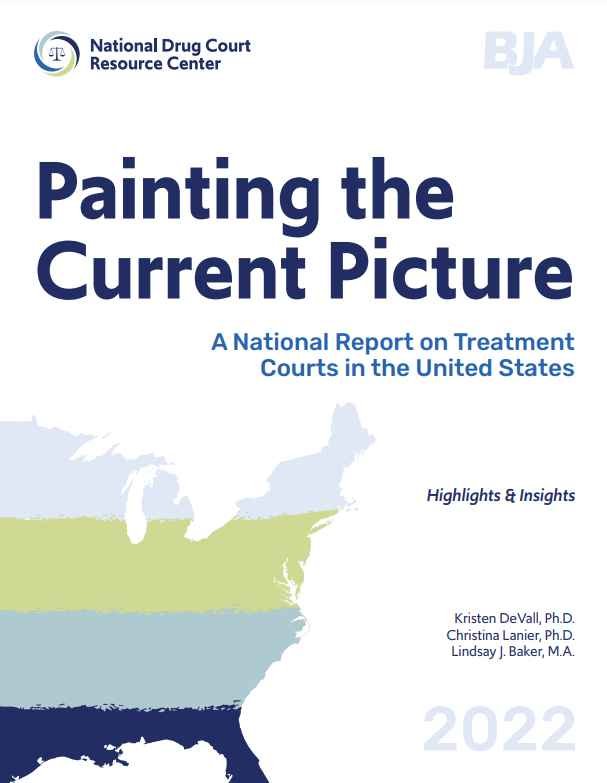By Jess Zhang, Jacob Kang-Brown, and Ari Kotler
Electronic monitoring (EM) is a form of digital surveillance that tracks people’s physical location, movement, or other markers of behavior (such as blood alcohol level). It is commonly used in the criminal legal system as a condition of pretrial release or post-conviction supervision—including during probation, parole, home confinement, or work release. The United States also uses electronic monitoring for people in civil immigration proceedings who are facing deportation. This report fills a gap in understanding around the size and scope of EM use in the United States. The Vera Institute of Justice’s (Vera) estimates reveal that, in 2021, 254,700 adults were under some form of EM. Of these, 150,700 people were subjected to EM by the criminal legal system and 103,900 by U.S. Immigration and Customs Enforcement (ICE). Further investigation revealed that the number of adults placed on EM by ICE more than tripled between 2021 and 2022, increasing to 360,000.1 This means that the total number of adults on EM across both the civil immigration and criminal legal systems likely increased to nearly half a million during that time. From 2005 to 2021, the number of people on EM in the United States grew nearly fivefold—and almost tenfold by 2022—while the number of people incarcerated in jails and prisons declined by 16 percent and the number of people held in ICE civil detention increased but not nearly as dramatically as EM.2 Regional trends in the criminal legal system reveal how EM has been used more widely in some states and cities but increased sharply from 2019 to 2021 across the country: The Midwest has the highest rate of state and local criminal legal system EM, at 65 per 100,000 residents; this rate stayed relatively constant from 2019 to midyear 2021. In the Northeast, EM rates are the lowest of all the regions at 19 per 100,000 residents, but they increased by 46 percent from 2019 to 2021. The South and West have similar rates, 41 and 34 per 100,000 residents respectively, but the growth rate in the South has outpaced that of the West in recent years—up 32 percent in the South compared to 18 percent in the West. Prior to this report, the most recent estimate of the national EM population was from a 2015 Pew Charitable Trusts study—which studied the use of criminal legal system EM via a survey of the 11 biggest EM companies. For this report, Vera researchers collected data from criminal legal system agencies in all 50 states and more than 500 counties, as well as from federal courts, the Federal Bureau of Prisons, and ICE. Therefore, Vera’s study represents the most comprehensive count of the national EM population to date, as it accounts for the rise of smaller EM companies, immigration system surveillance, and new EM technologies. For this report, Vera researchers also reviewed existing literature and spoke with local officials to better understand the impacts of EM programs. Vera’s findings contradict private companies’ assertions that EM technology is low-cost, efficient, and reliable. EM in the criminal legal system is highly variable and subject to political decisions at the local level. In many jurisdictions, EM is not used as a means to reduce jail populations. Rather, it is often a crucial component of highly punitive criminal legal systems. This challenges the dominant narrative that EM is an “alternative to incarceration.” Nonetheless, this report also highlights several jurisdictions that demonstrate how decarceration can occur alongside reduced surveillance.
New York: Vera Institute of Justice, 2024. 54p.























